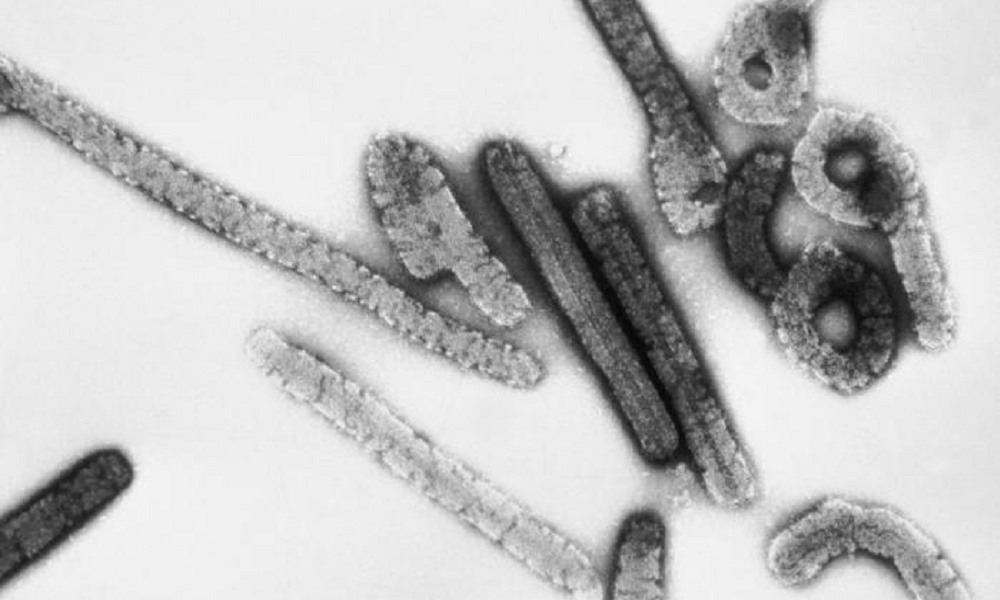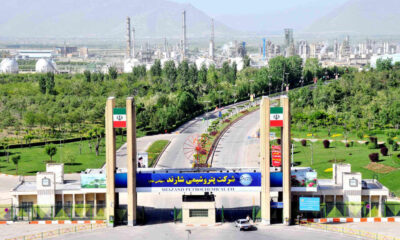Reviews
Top Applications of Agilent Absorption Spectroscopy in Various Industries
Agilent absorption spectroscopy is a powerful analytical technique widely used across numerous industries for its precision, reliability, and versatility. This technique measures the amount of light absorbed by a sample as a function of wavelength, providing critical information about the sample’s composition and concentration.
Let’s explore some of the top applications of Agilent absorption spectroscopy in various industries.
Pharmaceutical Industry
In the pharmaceutical industry, absorption spectroscopy is indispensable for quality control and drug development. It helps in:
- Determining Purity: Ensuring the purity of raw materials and final products by detecting impurities and contaminants.
- Quantifying Active Ingredients: Accurately measuring the concentration of active pharmaceutical ingredients (APIs) in formulations.
- Studying Drug Stability: Monitoring the stability of drugs under different environmental conditions to ensure efficacy and safety over time.
Environmental Monitoring
Absorption spectroscopy is crucial in environmental science for monitoring and controlling pollution. Its applications include:
- Water Quality Analysis: Detecting and quantifying pollutants such as heavy metals, nitrates, and organic compounds in water bodies.
- Air Quality Monitoring: Measuring the concentration of hazardous gases and particulate matter in the atmosphere.
- Soil Analysis: Assessing soil contamination by identifying and quantifying toxic elements and compounds.
Food and Beverage Industry
In the food and beverage sector, absorption spectroscopy ensures product quality and safety. Key applications are:
- Nutrient Analysis: Determining the content of essential nutrients, vitamins, and minerals in food products.
- Contaminant Detection: Identifying and quantifying harmful contaminants such as pesticides, mycotoxins, and heavy metals.
- Quality Control: Monitoring the consistency and quality of ingredients and final products to meet regulatory standards.
Chemical Industry
The chemical industry relies on absorption spectroscopy for various analytical needs, including:
- Process Monitoring: Tracking chemical reactions and processes in real-time to optimise production efficiency and product quality.
- Purity Assessment: Ensuring the purity of chemicals and reagents used in manufacturing processes.
- Waste Management: Analyzing waste streams to detect and quantify hazardous substances, aiding in proper waste treatment and disposal.
Clinical Diagnostics
In clinical laboratories, absorption spectroscopy is a valuable tool for diagnosing diseases and monitoring patient health. Its applications include:
- Blood Analysis: Measuring the concentration of hemoglobin, glucose, and other biomarkers in blood samples.
- Urine Analysis: Detecting and quantifying proteins, metabolites, and other substances in urine samples.
- Drug Testing: Identifying and measuring the presence of drugs and their metabolites in biological fluids.
Academic and Research Institutions
Absorption spectroscopy plays a vital role in scientific research and education. It is used for:
- Fundamental Research: Studying the properties of molecules, atoms, and materials to advance scientific knowledge.
- Teaching and Training: Educating students and researchers on the principles and applications of spectroscopy.
- Interdisciplinary Research: Supporting research in fields such as chemistry, physics, biology, and materials science.
Biotechnology
In biotechnology, absorption spectroscopy aids in the development and production of biotechnological products. Applications include:
- Protein and Enzyme Analysis: Quantifying proteins and enzymes in biological samples and studying their interactions.
- Cell Culture Monitoring: Assessing the growth and viability of cell cultures by measuring metabolic by-products.
- Genetic Engineering: Analyzing nucleic acids and their modifications in genetic engineering and molecular biology research.
Agriculture
Agriculture benefits from absorption spectroscopy in various ways, such as:
- Soil Fertility Assessment: Measuring nutrient levels in soil to optimise fertilisation and crop yield.
- Pesticide Residue Analysis: Detecting and quantifying pesticide residues in crops to ensure food safety.
- Plant Health Monitoring: Analyzing plant tissues to diagnose nutrient deficiencies and diseases.
Conclusion
Agilent absorption spectroscopy is a versatile and essential analytical tool with wide-ranging applications across numerous industries. Its ability to provide accurate and reliable data makes it invaluable for ensuring product quality, environmental safety, and advancing scientific research. As technology continues to evolve, the applications of absorption spectroscopy are likely to expand, further enhancing its significance in various fields.

-

 World3 days ago
World3 days agoEthiopian volcano erupts for first time in thousands of years
-

 Legal1 week ago
Legal1 week agoMichigan man JD Vance sentenced to 2 years for threatening Trump and JD Vance
-

 Legal1 week ago
Legal1 week agoWoman in critical condition after being set on fire on Chicago train
-

 World1 week ago
World1 week agoHurricane Melissa registered 252 mph wind gust, breaking global record
-

 Legal1 week ago
Legal1 week ago1 dead, 2 injured in shooting at Dallas Walmart parking lot
-

 Legal6 days ago
Legal6 days agoSuspect in San Diego stabbing shot by authorities after fleeing into Mexico
-

 Health6 days ago
Health6 days agoMarburg virus outbreak in Ethiopia grows to 6 confirmed cases
-

 World6 days ago
World6 days agoU.S. sanctions companies and vessels accused of aiding Iranian military oil sales




